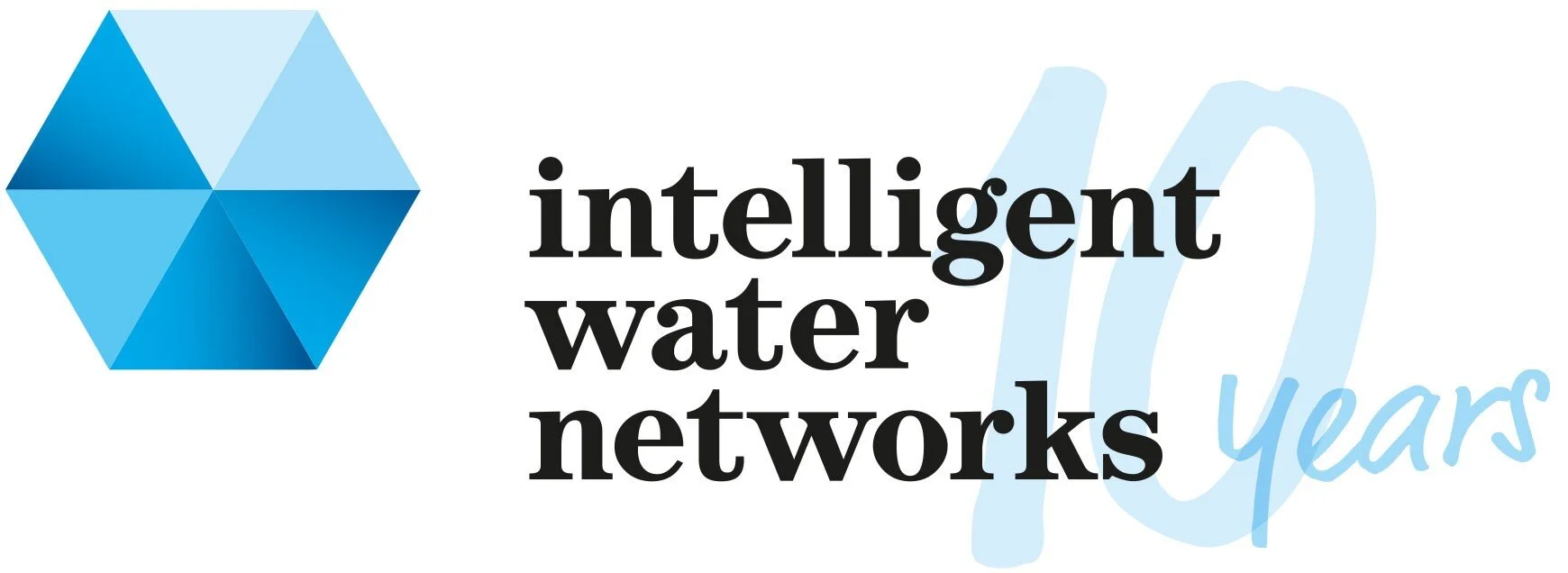Green Technology Services – OSIsoft PI Software
Background
Green Technology Services (GTS) has a cloud-based data management solution comprising OSIsoft PI hosted on Microsoft Azure and ESRI ArcGIS for data display. The GTS system was piloted at Lower Murray and East Gippsland Water from September 2017 until April 2018.
Description of trial
The pilot demonstrated the aggregation and analysis of data from distributed assets, such as smart meters and sensors, with web-based visualisation of this data.
OSIsoft PI organises, analyses and displays data collected from digitally networked sensors. PI can be hosted in the cloud or on site. PI’s cloud-based features may streamline industry reporting to the Department of Environment, Land, Water and Planning (DELWP) against KPIs.
ArcGIS analyses and displays location-based data from diverse sources, and enables insights to be shared with others via apps, maps and reports.
GTS completed the design and build phase of the project in August 2017, with monitoring and reporting continuing until April 2018.
The success of the pilot project will determine whether water corporations should adopt OSIsoft PI as a business-as-usual tool to become more efficient digital utilities.
Project outcomes
GTS have finalised the data inputs, analytics and visualisations for Lower Murray Water and East Gippsland Water and the following outcomes have been reported:
The PI solution was able to interface with data from many different sources, perform calculations on the data and use the data in reports and dashboards, such that it could be used for standardised ESC reporting for example – saving time and reducing human errors.
It was also able to demonstrate that it could provide a single point for data access (from multiple sources) of real time data, organise it and provide self-service visualisation tools – providing easy to understand information to more uses enabling faster and better decision making on issues and assets.
The PI systems also demonstrated that it could interface with file based data and live field data such as that for water quality – the benefit being the automation of data processing, comparison of trends and organisation into reporting dashboards.
The Solution was able to receive data files from external equipment trials (ie Sewer Batt sonar pipe condition assessment technology), compare it to other time-series data and display with geospatial data to demonstrate on a map based visualisation pipe condition.
The PI Solution was able to interface with the backend IoT devices (ie. Sigfox) to load digital meter data into the PI system, and then demonstrated how this could be visualised, and notifications provided.
The trial Solution was able to demonstrate how internal wastewater flows could be compared with external rainfall data feeds to identify areas of potential unusual inflow and infiltration.
